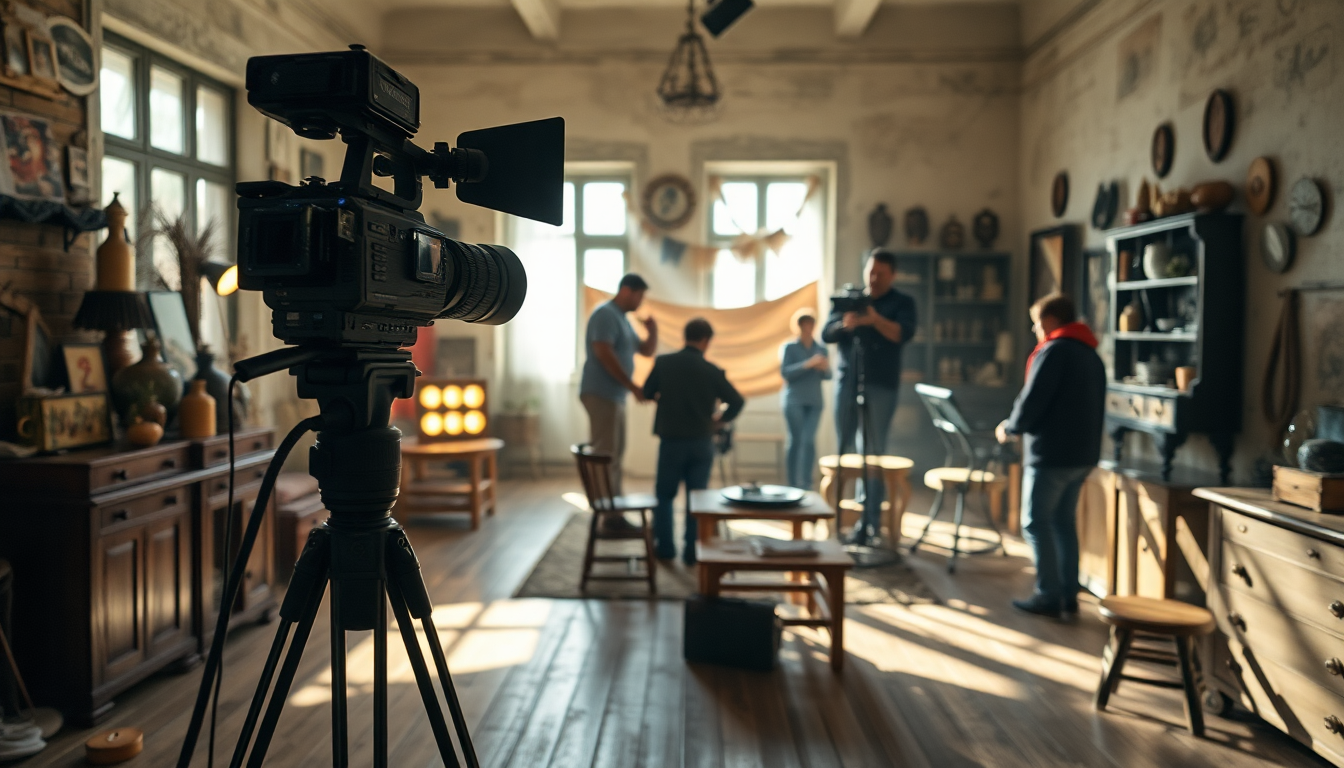Table of Contents
This year, the Transilvania Film Festival is turning heads with an exciting lineup of Romanian films. What’s fascinating is how national filmmakers seem to fall into two distinct camps: those who tackle contemporary issues through compelling documentaries and those who take a nostalgic look back at the country’s past.
But wait—Igor Cobileanski’s latest film, Comatogen, doesn’t quite fit neatly into either category. Instead, it creatively fuses genres to deliver a captivating narrative about a mother’s struggle to save her son from a dangerous situation. As the film gears up for its world premiere in Cluj, Cobileanski is feeling a mix of excitement and nerves about how audiences will respond to his latest work.
Breaking the Mold: ‘Comatogen’ and Its Unique Narrative Structure
So, what sets Comatogen apart? The film employs a narrative style that fans of cinema might recognize from Akira Kurosawa’s classic Rashomon, showcasing multiple perspectives on a series of events that unfold over just two days in bustling Bucharest.
The story follows Alina, a nurse played by Daniela Nane, who cares for comatose patients. Her life takes an unexpected twist when she reconnects with a self-absorbed real estate agent, who offers her son a job at his agency.
But when her son steals a large sum of money from this new connection, Alina finds herself in a desperate situation, leading her to make a risky deal with Mihaela, the wealthy daughter of one of her patients. Can you imagine the tension that unfolds?
Creating Comatogen has been quite the journey for Cobileanski.
He began crafting the script back in 2016 and admits that getting the direction just right took some time. He even dabbled in other projects while continuously refining the film’s structure. “When developing a project, it’s common to remain in a state of perpetual change,” he reflects.
“Even during filming, I still had lingering questions about the story.” This commitment to delving into the ethical dilemmas faced by his characters inspired him to expand the narrative, weaving in various perspectives to tackle themes of hypocrisy and moral conflict. Isn’t it intriguing how stories evolve during the creative process?
Thematic Exploration and Stylistic Choices
As he worked on Comatogen, Cobileanski found himself drawn to the complex theme of religious hypocrisy. Initially, he focused on Alina, a character whose steadfast faith is put to the test amid her financial struggles. However, as the film developed, he widened the lens to include other characters, exploring how hypocrisy seeps into their lives. The infusion of suspense and moments of violence adds a gripping layer to the film’s moral inquiries, aligning its stylistic choices with the ethical questions at its core. How do our beliefs hold up in times of crisis?
When it comes to the current landscape of Romanian cinema, Cobileanski offers a refreshing perspective. While many might think that the focus is predominantly on historical narratives, he argues that contemporary filmmakers are addressing modern issues through genre films. “I know numerous directors creating works that resonate with modern themes,” he points out. “Understanding where my film fits into the broader context of new Romanian cinema is complex for me. My primary goal is simply to tell compelling stories.” Doesn’t that resonate with anyone trying to find their place in a fast-evolving world?
Diversity in Romanian Cinema: Cobileanski’s Contributions
But that’s not all—Cobileanski is also showcasing another film at the Transilvania Film Festival: a medium-length dramedy titled The Madman. Set against the backdrop of a monastery shortly after the Romanian Revolution in 1992, it tells the story of a man who refuses to leave the building for reasons unknown. Initially, he envisioned this project as a pilot for an anthology series. Despite facing challenges in securing co-producers, he felt a deep connection to the story and decided to present it independently at the festival. How often do we cling to stories that resonate deeply with us?
“Navigating the world of medium-length films can be challenging, but I’m thrilled to share it at the festival,” he shares. “Having both of my films featured at Transilvania highlights the versatility and richness of Romanian cinema.” Cobileanski’s works truly exemplify the diverse narratives emerging from Romania, showcasing innovative storytelling approaches that continue to evolve within the country’s cinematic landscape. Isn’t it exciting to witness such creativity on screen?





